Here's the question I'm working with
For each pair of expressions, indicate whether A is O, o, Ω, ω, or Θ of B.

I understand is pretty much the upper bound and omega is the lower bound and theta is both upper and lower bounds. I'm confused on what small o and small omega infers.
I'm fairly certain that A O of B in a since (n^3) > (n^2), but I'm not sure about everything else. I was wondering if someone could give me some steps on how to test each one. I've checked on wikipedia and some education sites but it's not very clear and there aren't many examples of testing them.
thanks
 // for strict little-o notation
// for strict little-o notation